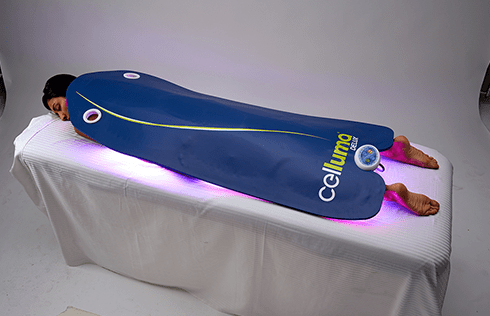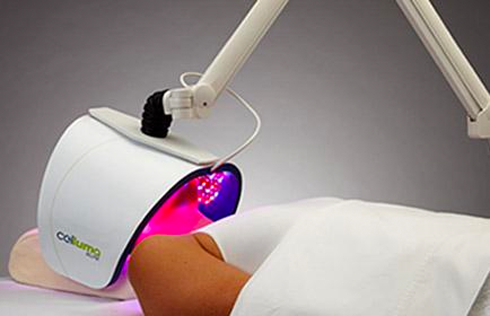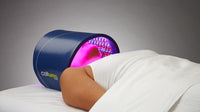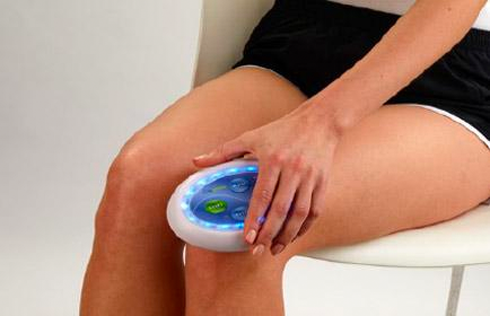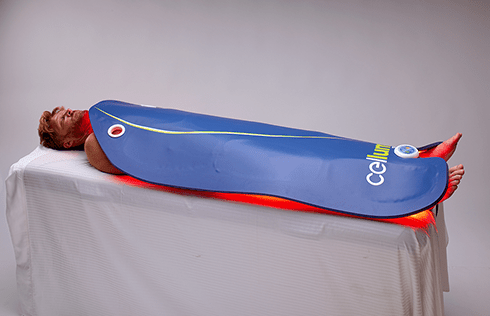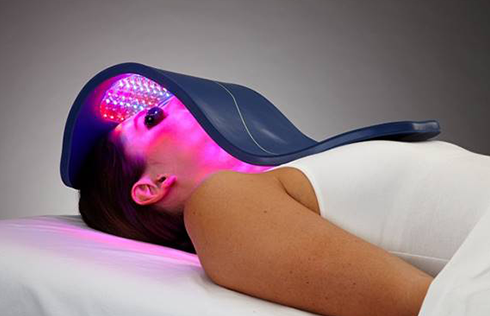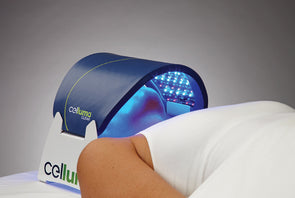Light Therapy for Eczema: What Does the Science Say?

In order to appreciate the potential benefits of red light therapy, it can be helpful to understand how light therapy actually works. Essentially, from the epidermis to the subcutaneous layer, where the root cause of any condition is compromised mitochondrial function (that is to say, when cells are not producing the energy required to drive normal cellular activity), light therapy is proven to provide the energy that cells need to increase ATP production and get back to work. This increase in cellular energy along with an increase in micro circulation and a decrease localized inflammation, may benefit a wide range of common skin conditions, including acne, wrinkles and pain management.
One of the top three questions we get asked most on social media is: Will red light therapy work on my eczema, psoriasis, dermatitis, etc. (fill in the blank)? Let’s be clear right up front, Celluma, or any other LED red light therapy device for that matter, is not FDA-cleared for the treatment of eczema. As a regulated medical device manufacturer, we are not allowed to make off label claims or protocol recommendations. If using Celluma off-label, then we recommend consulting with your physician prior to use. While anecdotal results are often reported, we nevertheless cannot recommend or promote Celluma use for the treatment of any off-label skin conditions including eczema, psoriasis, or dermatitis of any kind.
Currently, not a lot of research has been conducted using red light therapy to treat eczema, so the information available is mostly anecdotal. The wavelengths used in Celluma red light therapy devices are proven to be therapeutic and the red and infrared are great at decreasing inflammation. They also increase micro-circulation and cause vasodilation which can result in healthier tissue as it brings more oxygenated and nutrient-rich blood into the area.


